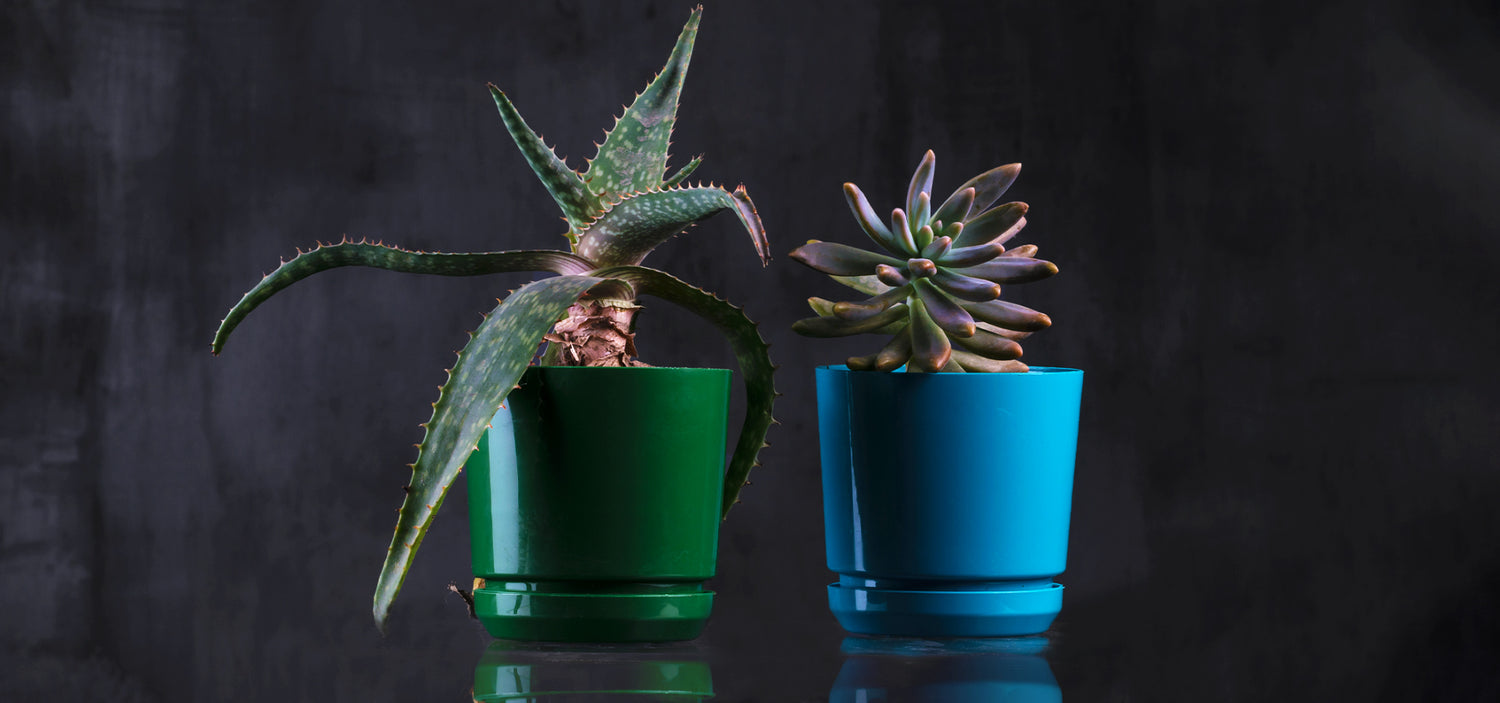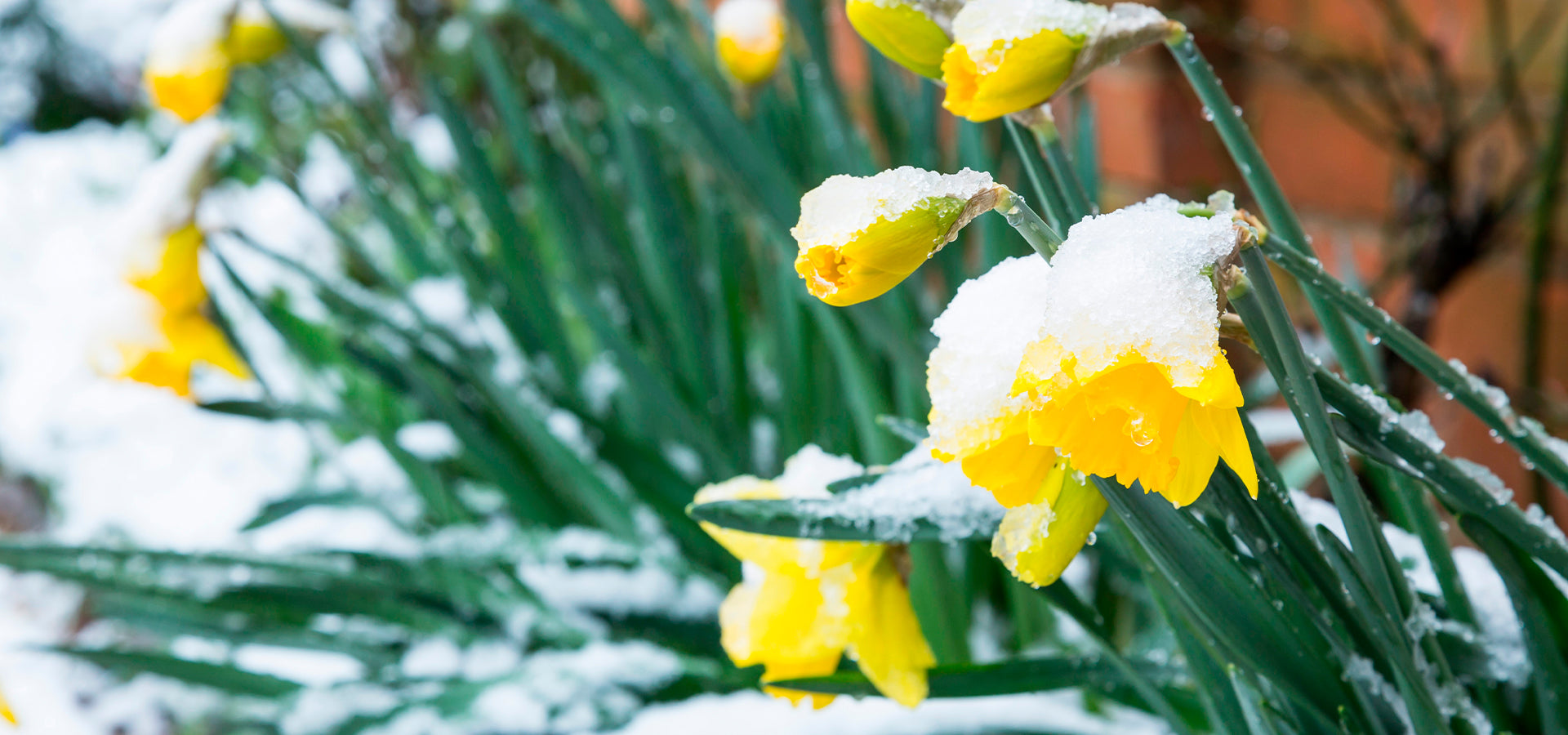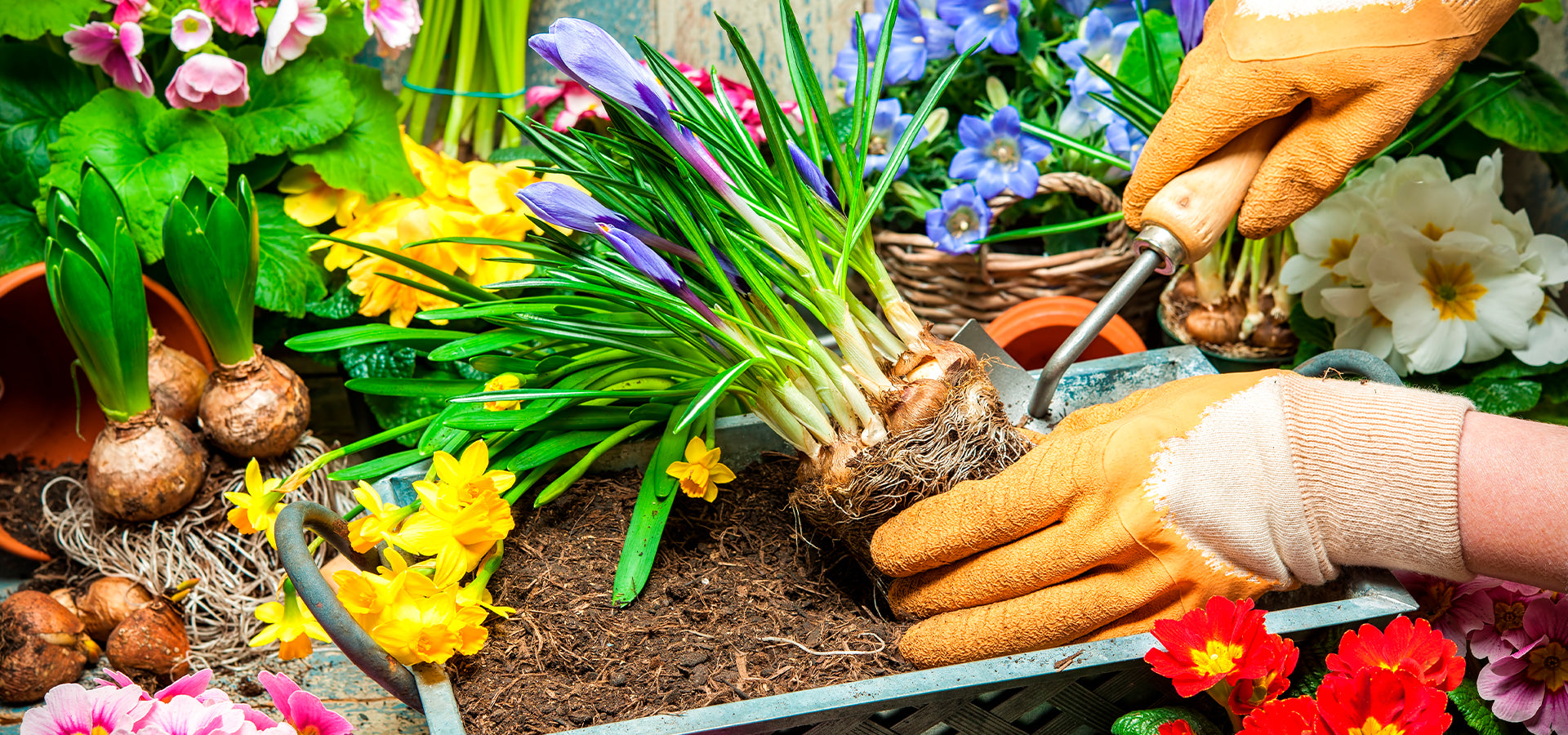You will live longer and better.
If you browse our website, you will be able to know all the care that each plant needs: light, irrigation, if it requires fertilizer or natural substrate...
However, to make this information a little easier for you, we have created this article with some general advice that you can apply to your cacti and
favorite succulents
- Exposure
Most cacti and succulents are not houseplants. If we usually have them inside the house, it is likely that they will grow with abnormalities and incubate diseases.
Exposure to the sun varies depending on its spination and/or lanosity: a greater number of spines will help the plant more easily resist the sun.
If you want your cacti and succulents to continue to be part of your home decor, keep the following tips in mind:
- Try to place them facing south.
- Keep the room with good lighting, receiving direct sunlight early in the day and late in the afternoon.
Always keep this last fact in mind! Avoid sun exposure in the hours of greatest intensity, since it is possible that your plants suffer burns.
- Substrate
The substrate is the most important element that you must take into account when transplanting your cacti. If we place them on land that are not porous enough, they run a high risk of their roots rotting and the plant dying.
The composition of the substrate varies depending on the species of plant that we are going to grow. For example, Crassulas, Astrophytum Asterias, Ariocarpus and Turbinicarpus should have a substrate made up of river sand of different granulometries. However, the Senecios and the Echeverias
they can grow perfectly in a 100% organic compound.
In general, a good substrate for our cacti should have:
- 70% river sand of different granulometries.
- 30% humus.
The substrate for succulents should be composed of:
- 60% river sand.
- 40% humus.
- Irrigation of the cactus or succulent
How often do I have to water my plant? How do I know if my cactus needs watering? All the plants are dying on me!”
These comments are frequently repeated in our publications. Irrigation is a technique that we will learn with experience in the
care of cacti and succulents, but we are going to make your task as easy as we know best.
There are a number of factors to consider in this. According to these, the frequency of irrigation in our plants will change:
- Location:
It is not the same to live in Malaga than in Pontevedra. The climate is totally different so cacti and succulents will have a different watering frequency. In addition, when watering the plants you must also take into account their time of activity, in which they are active. For example, Crassulas start to wake up in the fall, yet most cacti begin their slower vegetative state at that time. If the plants are in the ground or in a pot: if they are in the ground, one watering per week will suffice, avoiding watering in winter. If, on the other hand, it is in a pot, the irrigation frequency would be as follows:
- Spring and fall
Every 15 days, making sure that the substrate is completely dry (stick trick).
- Summer
Once a week, also ensuring that the substrate is dry.
- Winter
We do not water anything or, if anything, once a month whenever temperatures exceed 10ºC.
- The material of the pot:
Plastic or clay.
- Sun exposure
The main cause of death for cacti and succulents is due to overwatering. If you see the plant beginning to wilt or shrivel, give them a good bath!
- Compost
It is not necessary to fertilize our cacti and succulents, although it is generally done twice a year, once in spring and once in autumn.
Not all fertilizers are beneficial for the plants. For example, a fertilizer rich in nitrogen would accelerate the growth of these very quickly, which would cause cracks in it.
Also, the plant would become weaker to fight pests and diseases.
A good combination of active ingredients in a cactus fertilizer would be: N.P.K.4-4-8.
- Pests and diseases
Cacti and succulents are plants that are very prone to diseases and to being visited by some enemies.
The main weapon we have to combat this is prevention. How? Applying a broad-spectrum fungicide and insecticide twice a year, once in spring and once in autumn. If we detect a pest, the best solution is to eliminate the plant with the soil it was in, since that way we will avoid spreading it to the rest of our collection.
Cacti and succulents are characterized by living in extreme drought conditions thanks to the fact that they can store large amounts of water.
The main thing is to know our plants well: growth times, exposure to the sun, their irrigation needs or the diseases that may affect them are very important factors for our plants to be healthy and thus be able to achieve spectacular blooms.





Leave a comment
This site is protected by hCaptcha and the hCaptcha Privacy Policy and Terms of Service apply.